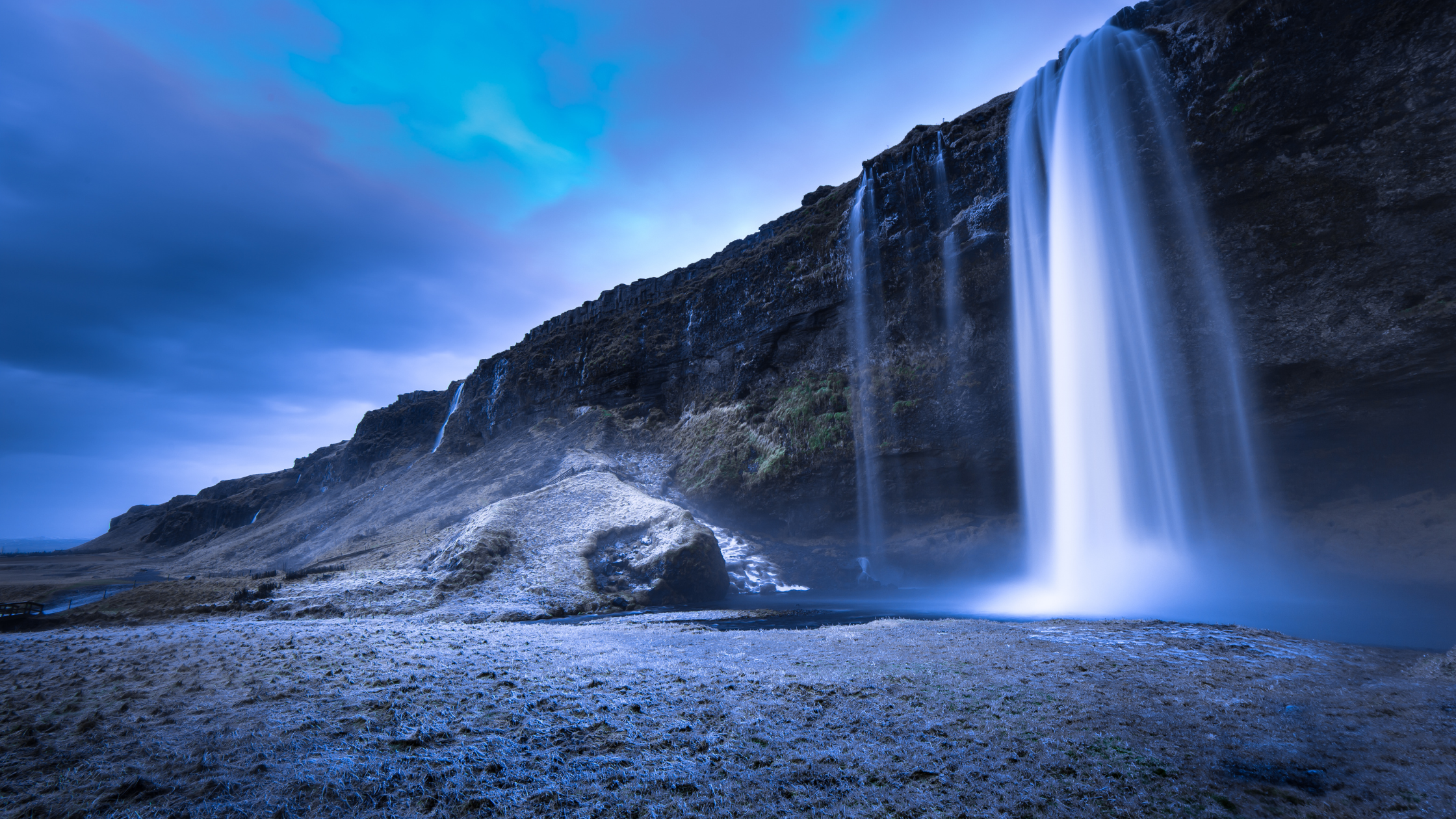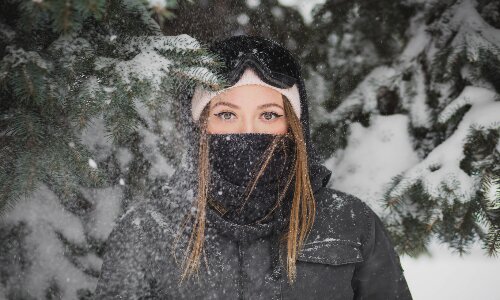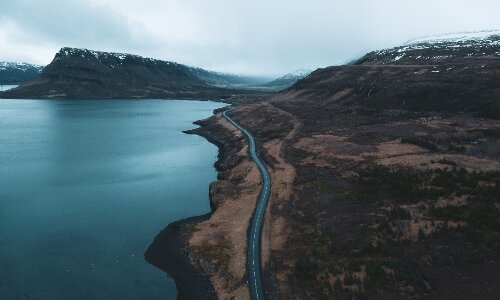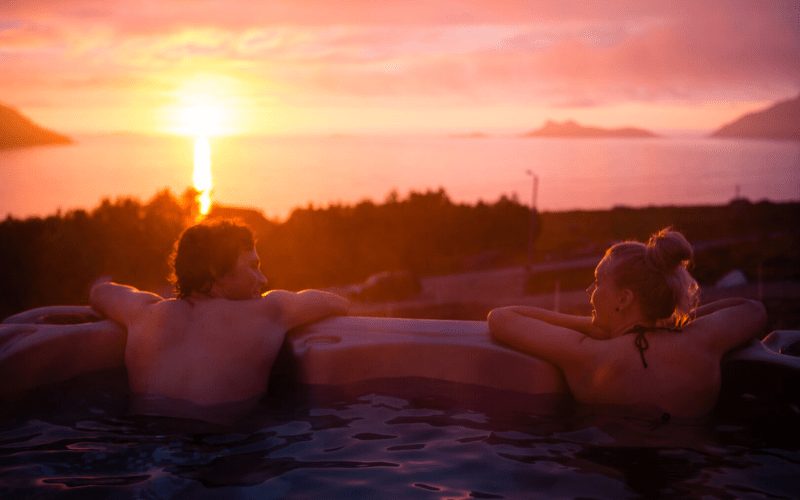Things You Should Know About Iceland During Winter

A trip to Iceland in the winter is an adventure that you may never forget. Iceland's dramatic and unique landscapes welcome you with open arms and a touch of magic. With near-freezing temperatures, stunning landscapes, and the glorious Northern Lights, what’s not to love about Iceland in the winter?
Let us entertain you with some fascinating elements and information about Iceland in the winter and inspire you to choose it as your next vacation destination.
The Best Time to Visit Iceland
 A winter vacation is the best vacation!
A winter vacation is the best vacation!
Iceland offers authentic and unique factors all year round, however, if you choose to visit Iceland in the winter, you will not be the slightest bit disappointed.
Winter typically lasts from late October to early April, and during this time, Iceland is frozen over and drizzled with fluffy snowflakes that sprinkle a little magic on the land.
Imagine glaciers glistening in return to the sparkling stars, relaxing in a geothermal hot spring while surrounded by snow-covered mountains, and visualizing the erupting geysers whispering a second of warmth in the Arctic temperatures.
Enjoy a snowmobile ride across one of its many spectacular glaciers, experience an ice climbing adventure amidst the breathtaking wilderness, or have a whale-watching evening out on the open waters and underneath the Northern Lights.
To learn more about Iceland and what it offers, read our All you need to know about Iceland blog.
How Long are the Winter Days in Iceland?
 Prepare for the most amazing wintery experiences
Prepare for the most amazing wintery experiences
Winter in Iceland officially lasts a little longer than any other season. From November through March, the Arctic temperatures range between 0°C to -5°C throughout the coldest months, and the contrasting landscapes experience heavy snowfall.
Interestingly, at the start of winter in October, sunrise is around 08:55 am and sunset is around 5:27 pm giving around 8.5 hours of daylight for travelers to enjoy.
During the month of December, especially around the shortest day of the year - December 21st, the average number of daylight hours is between 4 and 5. The sun rises at approximately 11:22 am and sets around 3:29 pm, still giving you enough time to experience Iceland in daylight before the nighttime fun begins.
The Best of Wintertime Weather
 A rainbow makes the perfect backdrop!
A rainbow makes the perfect backdrop!
The Icelandic landmarks are breathtakingly beautiful and cannot be missed during the winter.
Snowfall can begin as early as October and last until late April, with December and January lying down the most. It’s right what they say, Christmas time here is like a fairytale wonderland.
Even though Iceland has seven different regions, not all of them experience the same weather simultaneously. Did you know that it snows more in the Westfjords (recently voted No.1 Regional Destination for Travel in 2022 by Lonely Planet), and the Northern and Eastern regions than it does in the South and West?
The Right Clothing During the Winter Season
 Enjoy the awe-inspiring views whilst wrapped up in warm
Enjoy the awe-inspiring views whilst wrapped up in warm
If you are thinking of traveling to Iceland in the winter, we recommend you think about layering. The right clothes are essential for any trip in the winter as the weather can be pretty unpredictable and drastically cold. Here are the must-bring items for your Icelandic winter trip:
- Waterproof and/or windproof outer layer
- Thermals, wool items of clothing, warm undergarments, and socks
- Waterproof hiking boots
- Optional: Balaclava and scarf
- Optional: Swimsuit, if you decide to take a dip in one of the many natural hot springs
From experience, we recommend a backpack to fit all your items, this way, you can explore like a local with free hands.
Best Time to Witness the Northern Lights
 The Northern Lights, on a clear day, can be seen in almost all places in Iceland
The Northern Lights, on a clear day, can be seen in almost all places in Iceland
Gifted with the natural phenomena, Iceland has one of the best geographical positions to witness the Northern Lights.
As research would suggest, September through April is the best time to see the Northern Lights in Iceland, and there is a fantastic variety of activities on offer to experience with delight. Read our 12 ways to experience the Northern Lights in Iceland for more information.
Leaving the city lights behind and heading into the vast wilderness, Iceland is never short of an unspoiled area for you to sit back and relax with roasted hot dogs and hot tea while the Northern Lights illuminate the starry sky.
Icelandic Winter Tours
 See the beauty of contrasting scenery in the wilderness
See the beauty of contrasting scenery in the wilderness
Whether you are looking for that exciting family vacation, a thrilling multi-day package, or a relaxing honeymoon weekend getaway - all are available on a winter whirlwind in Iceland.
Enjoy the feeling of stepping back in time across an extraordinary lava field, experience trekking across the ice to the dazzling blue-colored caves and inhaling its fierceness, or use your energy hiking to the unmanned territory of the Highlands. As a wintertime spectacle, most of the tours are combined to take you on a mystical journey searching for Aurora Borealis as she whispers to you from above. Can you think of anything more magical?
Are You Ready for Your Winter in Iceland?
We wouldn't be surprised if you are now ready to venture to Iceland for the most magical of winter holidays.
If you wish to receive more information about our Icelandic tours, accommodation, and activities, sign up for our email newsletter.
Happy winter holidays!
/BookNordics_Logo_CMYK_A_Po.jpg?width=450&height=155&name=BookNordics_Logo_CMYK_A_Po.jpg)



